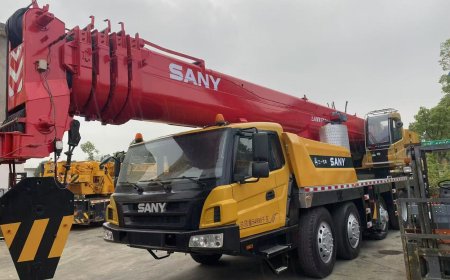Long-Term vs Short-Term Leases: How to Choose Your Office Strategy in 2025
Discover Brigade Group's wide range of commercial office spaces for lease in prime locations. Perfectly tailored to suit your business needs. Explore now!

The modern workplace is a fluid concept, continuously reshaped by economic shifts and evolving employee expectations. As businesses chart their course for 2025, the fundamental decision of how and where their teams will gather remains a critical strategic pillar. The decision-making process for finding the right Office Space for Lease has become more complex than ever, moving beyond a simple question of location to a nuanced debate between long-term stability and short-term agility. Choosing the correct leasing strategy is no longer just a real estate transaction; it is a declaration of a company's operational philosophy and its vision for future growth.
The Case for Stability: Understanding Long-Term Leases
A long-term lease, typically spanning five years or more, has traditionally been the gold standard for established companies. Its primary allure lies in stability and cost-effectiveness. By committing to a longer duration, businesses can often negotiate more favorable rental rates, providing predictable overhead for accurate financial forecasting. This stability allows an organization to fully invest in its physical environment. A long-term lease provides the freedom to undertake significant customization, creating a bespoke workspace that deeply reflects the company's brand, culture, and specific operational needs. For companies that prize a strong, centralized culture and have a clear, predictable growth trajectory, securing a prime location for the foreseeable future offers an invaluable sense of permanence and identity.
Embracing Agility: The Rise of Short-Term Leases
On the other side of the spectrum are short-term and flexible leases, which have gained immense popularity in an era of uncertainty. These agreements, which can range from a single month to a few years, offer unparalleled agility. This model is ideal for startups, businesses entering new markets, or companies with fluctuating headcounts due to project-based work or hybrid models. The financial barrier to entry is significantly lower, as these spaces often come fully furnished and serviced, eliminating the need for large capital expenditures on fit-outs and infrastructure. This "plug-and-play" solution allows a company to scale its physical footprint up or down with minimal friction, directly aligning real estate costs with real-time business needs.
Factors to Guide Your Decision in 2025
Choosing between these two paths requires a thorough internal audit. Astute business leaders must first assess their growth projections. A company anticipating steady, linear growth may benefit from a long-term lease, while one preparing for rapid, unpredictable scaling or potential downsizing would be better served by flexibility. Financial health is another key determinant. Does the organization have the capital for a significant upfront investment in a custom build-out, or is preserving cash flow for core operations the immediate priority? Finally, company culture plays a decisive role. If the goal is to establish a permanent headquarters that acts as a cultural anchor, a long-term lease is a powerful tool. If the culture is rooted in remote work with a need for occasional collaborative hubs, a flexible approach is more logical.
The Hybrid Approach: A Blended Strategy for the Future
Increasingly, the optimal strategy for 2025 is not an "either/or" choice but a blended solution. Many forward-thinking organizations are adopting a hybrid real estate portfolio. This could involve securing a smaller, long-term lease for a central headquarters that serves as the cultural and administrative core of the business. This core hub is then supplemented with short-term, flexible memberships in various locations to provide convenient workspaces for a distributed workforce, support specific project teams, or establish a presence in new regions without a massive commitment. This balanced approach provides a foundation of stability while retaining the operational agility needed to navigate an unpredictable business landscape. Ultimately, the right choice depends on a company's unique DNA, balancing its financial realities, cultural aspirations, and strategic goals for the future.





































